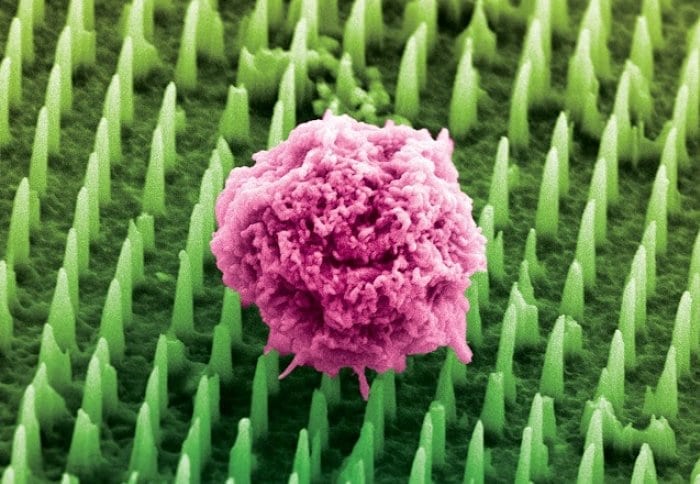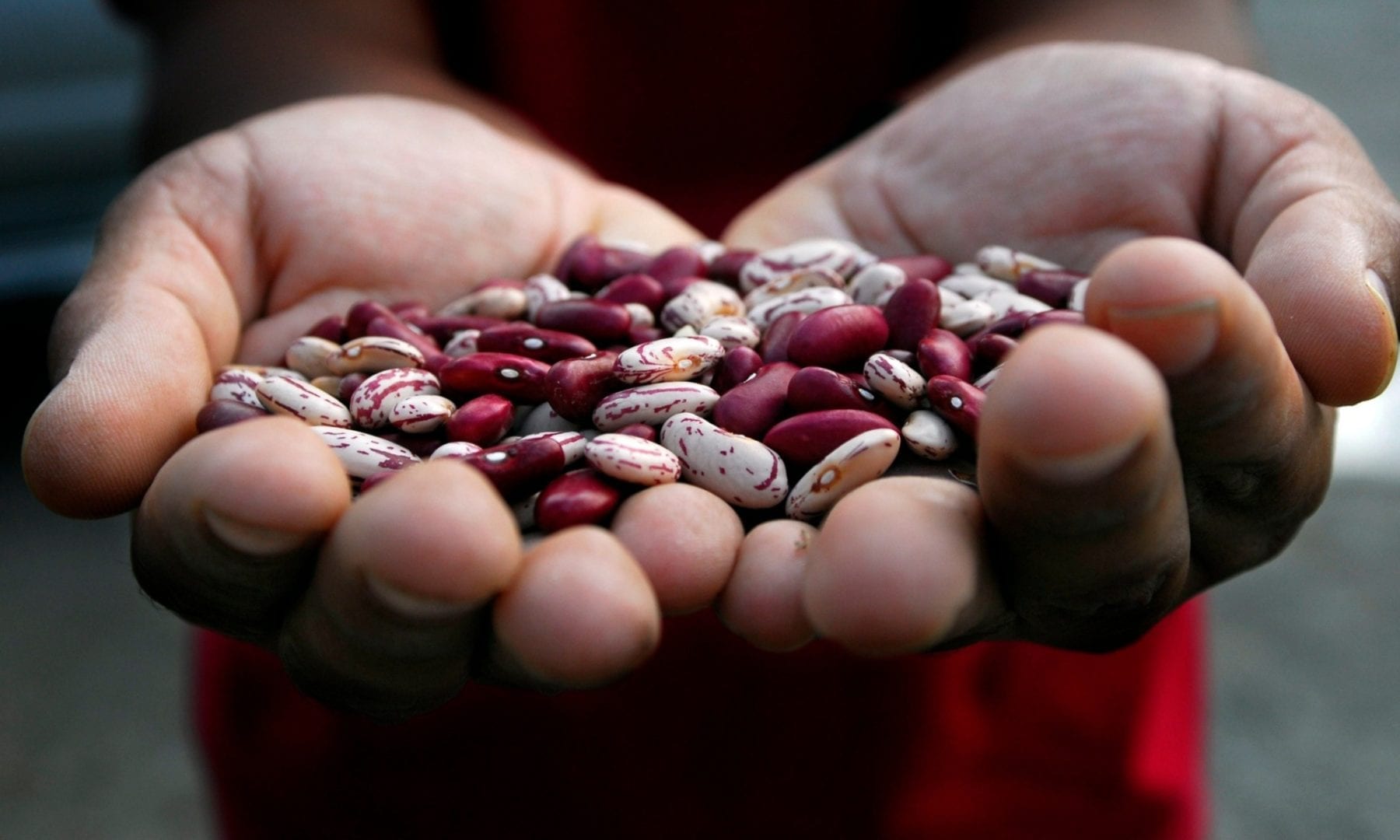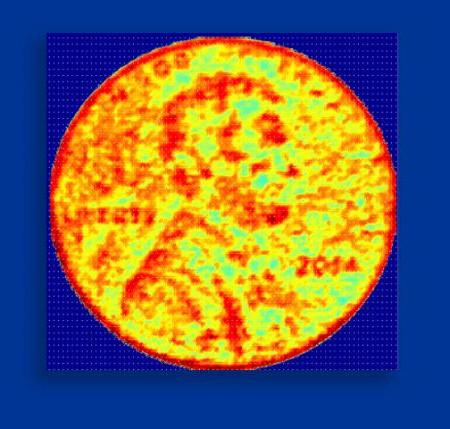
There are a number of hurdles to overcome and we haven’t yet trialed the nanoneedles in humans, but we think they have enormous potential for helping the body to repair itself.
– Professor Molly Stevens, Departments of Materials and Bioengineering
Scientists have developed tiny nanoneedles that have successfully prompted parts of the body to generate new blood vessels, in a trial in mice.
The researchers, from Imperial College London and Houston Methodist Research Institute in the USA, hope their nanoneedle technique could ultimately help damaged organs and nerves to repair themselves and help transplanted organs to thrive.
The nanoneedles work by delivering nucleic acids to a specific area. Nucleic acids are the building blocks of all living organisms and they encode, transmit and express genetic information. Scientists are currently investigating ways of using nucleic acids to re-program cells to carry out different functions.
The nanoneedles are tiny porous structures that act as a sponge to load significantly more nucleic acids than solid structures. This makes them more effective at delivering their payload. They can penetrate the cell, bypassing its outer membrane, to deliver nucleic acids without harming or killing the cell. The nanoneedles are made from biodegradable silicon, meaning that they can be left in the body without leaving a toxic residue behind. The silicon degrades in about two days, leaving behind only a negligible amount of a harmless substance called orthosilicic acid.
In a trial described in Nature Materials, the team showed they could deliver the nucleic acids DNA and siRNA into human cells in the lab, using the nanoneedles. They also showed they could deliver nucleic acids into the back muscles in mice. After seven days there was a six-fold increase in the formation of new blood vessels in the mouse back muscles, and blood vessels continued to form over a 14 day period. The technique did not cause inflammation or other harmful side effects.
The hope is that one day scientists will be able to help promote the generation of new blood vessels in people, using nanoneedles, to provide transplanted organs or future artificial organ implants with the necessary connections to the rest of the body, so that they can function properly with a minimal chance of being rejected.
Read more: Prototype ‘nanoneedles’ generate new blood vessels in mice
The Latest on: Nanoneedles
[google_news title=”” keyword=”Nanoneedles” num_posts=”10″ blurb_length=”0″ show_thumb=”left”]
via Google News
The Latest on: Nanoneedles
- Feed has no items.
via Bing News










